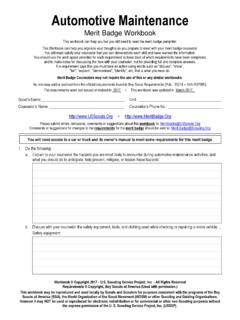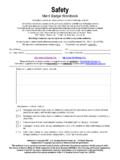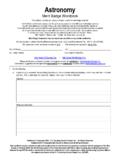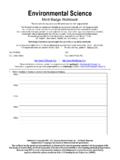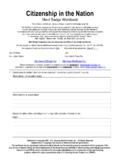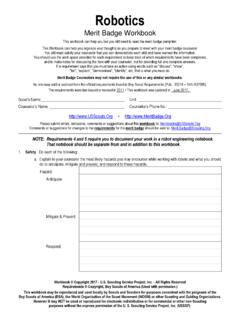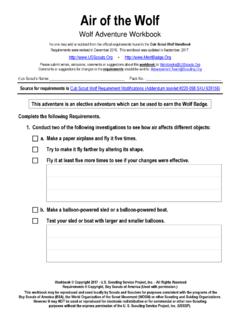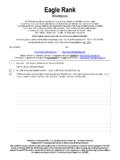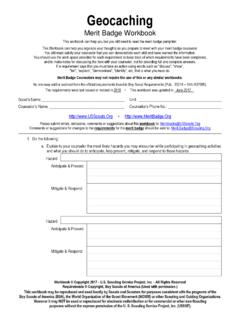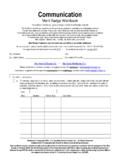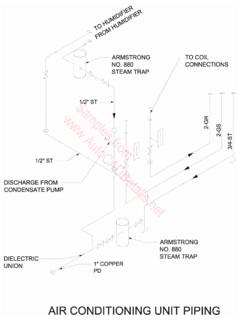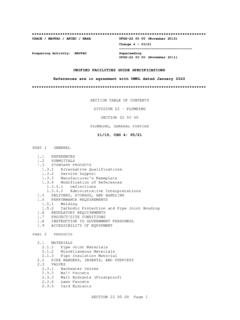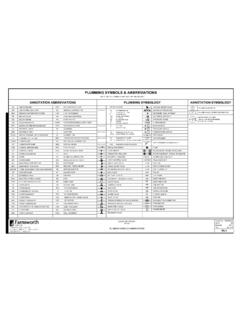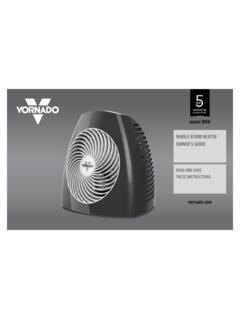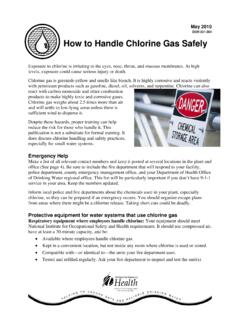Transcription of Fire Safety - U.S. Scouting Service Project
1 fire Safety Merit Badge Workbook This workbook can help you but you still need to read the merit badge pamphlet. This Workbook can help you organize your thoughts as you prepare to meet with your merit badge counselor. You still must satisfy your counselor that you can demonstrate each skill and have learned the information. You should use the work space provided for each requirement to keep track of which requirements have been completed, and to make notes for discussing the item with your counselor, not for providing full and complete answers. If a requirement says that you must take an action using words such as "discuss", "show", "tell", "explain", "demonstrate", "identify", etc, that is what you must do.
2 Merit Badge Counselors may not require the use of this or any similar one may add or subtract from the official requirements found in Boy Scout Requirements (Pub. 33216 SKU 637685). The requirements were last issued or revised in 2017 This workbook was updated in November 2017. Scout s Name: _____ Unit: _____ Counselor s Name: _____ Counselor s Phone No.: _____ Workbook Copyright 2017 - Scouting Service Project , Inc. - All Rights Reserved Requirements Copyright, Boy Scouts of America (Used with permission.) This workbook may be reproduced and used locally by Scouts and Scouters for purposes consistent with the programs of the Boy Scouts of America (BSA), the World Organization of the Scout Movement (WOSM) or other Scouting and Guiding Organizations.
3 However it may NOT be used or reproduced for electronic redistribution or for commercial or other non- Scouting purposes without the express permission of the U. S. Scouting Service Project , Inc. (USSSP). submit errors, omissions, comments or suggestions about this workbook to: or suggestions for changes to the requirements for the merit badge should be sent to: NOTE The numbering of the requirements in this workbook matches the numbering used in the 2017 edition of Boy Scout Requirements. In the 2016 edition of the fire Safety merit badge pamphlet, a few requirements are numbered differently. Requirement 3 is shown as requirement 3a, requirement 12 is shown as requirement 3b, and requirement 13 is shown as requirement 12.
4 Other than the numbering, the requirements are identical. 1. Do the following: a. Demonstrate the technique of stop, drop, cover, roll, cover your face, and cool. Explain how burn injuries can be prevented. b. List the most frequent causes of burn injuries. fire Safety Scout's Name: _____ fire Safety - Merit Badge Workbook Page. 2 of 12 c. Explain how to safely discard and store flammable liquids. 2. Explain the chemistry and physics of fire . Name the parts of the fire tetrahedron. 1) 2) 3) 4) Explain why vapors are important to the burning process. Name the products of combustion. fire Safety Scout's Name: _____ fire Safety - Merit Badge Workbook Page. 3 of 12 Give an example of how fire grows and what happens.
5 3. Name the most frequent causes of fire in the home and give examples of ways they can be prevented. Include a discussion about fires caused by smoking in the home, cooking, candles, fireplaces, and electrical appliances. fire Safety Scout's Name: _____ fire Safety - Merit Badge Workbook Page. 4 of 12 4. Explain the role of human behavior in the arson problem in this country. 5. List the actions and common circumstances that cause seasonal and holiday related fires. Explain how these fires can be prevented. fire Safety Scout's Name: _____ fire Safety - Merit Badge Workbook Page. 5 of 12 6. Conduct a home Safety survey with the help of an adult. (See the Sample Home Safety Checklist at the end of this workbook.)
6 Then do the following: a. Draw a home fire escape plan, create a home fire -drill schedule, and conduct a home fire drill. Home fire escape plan. Home fire -drill schedule Conduct a home fire drill. b. Test a smoke alarm and demonstrate regular maintenance of a smoke alarm. c. Explain what to do when you smell gas and when you smell smoke. Gas: Smoke fire Safety Scout's Name: _____ fire Safety - Merit Badge Workbook Page. 6 of 12 d. Explain how you would report a fire alarm. e. Explain what fire Safety equipment can be found in public buildings. f. Explain who should use fire extinguishers and when these devices can be used. g. Explain how to extinguish a grease pan fire .
7 H. Explain what fire Safety precautions you should take when you are in a public building. fire Safety Scout's Name: _____ fire Safety - Merit Badge Workbook Page. 7 of 12 7. Do the following: a. Demonstrate lighting a match safely. b. Demonstrate the safe way to start a charcoal fire . c. Demonstrate how to safely light a candle. Discuss with your counselor how to safely use candles. 8. Explain the difference between combustible and noncombustible liquids and between combustible and noncombustible fabrics. Liquids: Fabrics: fire Safety Scout's Name: _____ fire Safety - Merit Badge Workbook Page. 8 of 12 9. Do the following: a. Describe for your counselor the safe way to refuel a liquid fuel engine, such as a lawn mower, weed eater, an outboard motor, farm machine, or an automobile with gas from an approved gas can.
8 B. Demonstrate the Safety factors, such as proper ventilation, for auxiliary heating devices and the proper way to fuel those devices. 10. Do the following: a. Explain the cost of outdoor and wildland fires and how to prevent them. Cost: How to prevent them: b. Demonstrate setting up and putting out a cooking fire . c. Demonstrate using a camp stove and lantern. d. Explain how to set up a campsite safe from fire . fire Safety Scout's Name: _____ fire Safety - Merit Badge Workbook Page. 9 of 12 11. Visit a fire station. Identify the types of fire trucks. Find out about the fire prevention activities in your community: 12. Determine if smoke detectors are required in all dwellings within your municipality.
9 If so, explain which specific types are required. Tell your counselor what type of smoke detectors your house has or needs. 13. Choose a fire Safety related career that interests you and describe the level of education required and responsibilities of a person in that position. Career: Education: Responsibilities: Sample Home Safety Checklist Scout's Name: _____ fire Safety - Merit Badge Workbook Page. 10 of 12 Tell why this position interests you. When working on merit badges, Scouts and Scouters should be aware of some vital information in the current edition of the Guide to Advancement (BSA publication 33088). Important excerpts from that publication can be downloaded from You can download a complete copy of the Guide to Advancement from Sample Home Safety Checklist Scout's Name: _____ fire Safety - Merit Badge Workbook Page.
10 11 of 12 Check Safety steps that are being taken in your home. Write N/A if the item is not applicable. Items left blank may present a Safety hazard. This list provides some sample Safety steps you might take. See your Safety Merit Badge pamphlet and counselor for more information. Ask your parent or guardian before making any changes. Stairways, Halls, and Outdoor Steps Stairways with three or more steps have a strong handrail and slip resistant finish. Stairways & halls are kept free from boxes, toys, shoes, brooms, tools, and other tripping hazards. Gates at top and bottom of stairs prevent children from falling. The head and foot of stairs have no small or loose rugs. Stair carpeting or covering is fastened securely.
